Home>Maintenance & Safety>Safety Equipment & Products>How To Childproof A Spiral Staircase
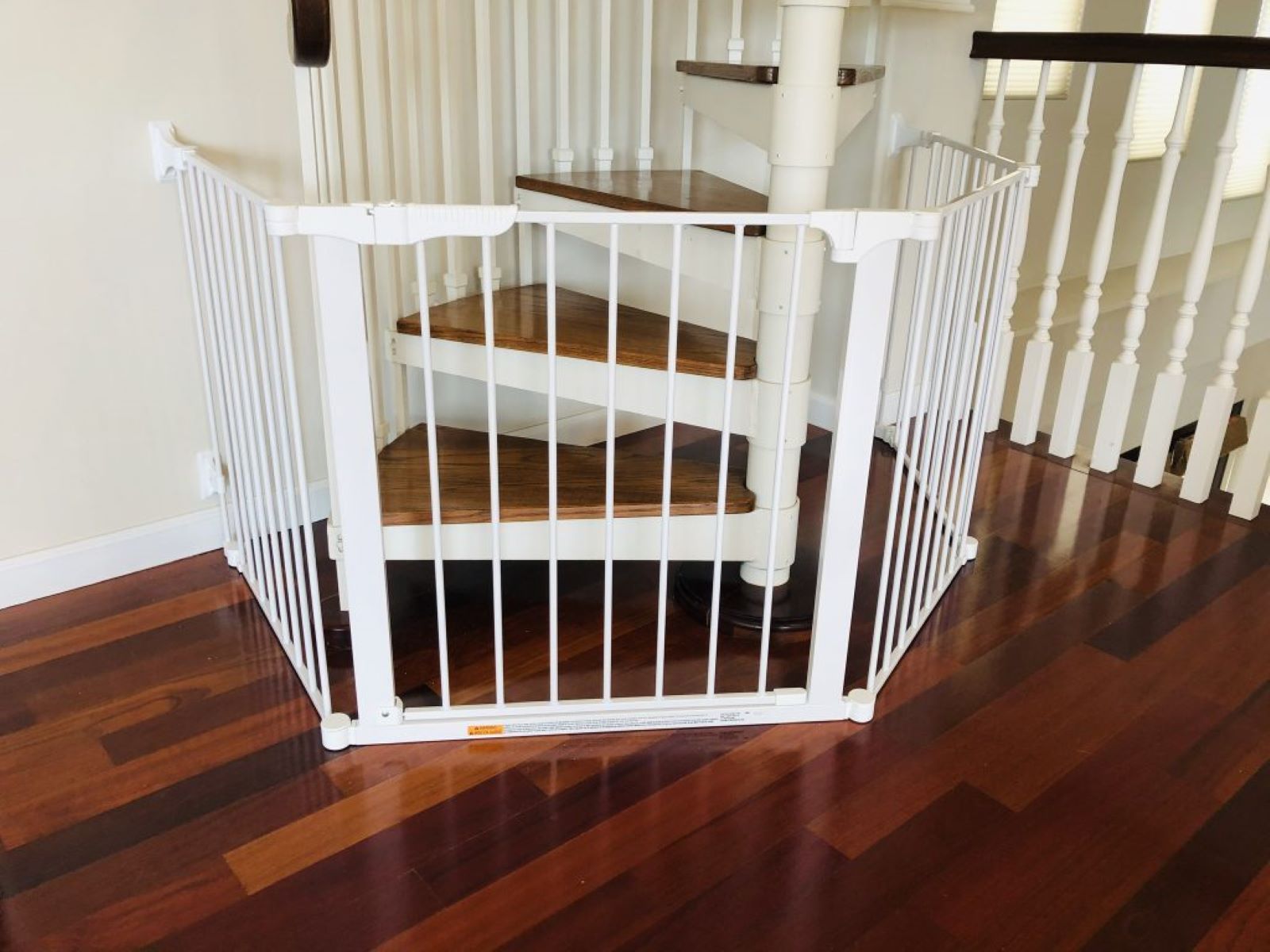

Safety Equipment & Products
How To Childproof A Spiral Staircase
Published: January 5, 2024
Discover the best safety equipment and products for childproofing a spiral staircase. Keep your little ones safe with our expert tips and recommendations. Protect your family today!
(Many of the links in this article redirect to a specific reviewed product. Your purchase of these products through affiliate links helps to generate commission for Storables.com, at no extra cost. Learn more)
Introduction
Spiral staircases are an elegant and space-saving architectural feature in many homes. Their unique design adds a touch of sophistication and style to any interior. However, when it comes to child safety, spiral staircases pose a significant risk. The narrow steps, open treads, and absence of a central support pillar make them particularly hazardous for young children. As a responsible parent or caregiver, it is crucial to take proactive measures to childproof your spiral staircase and create a secure environment for your little ones to explore and play without the risk of accidents.
In this comprehensive guide, we will explore practical and effective strategies to childproof a spiral staircase, ensuring that your home remains a safe and nurturing space for your family. From assessing the potential risks associated with spiral staircases to implementing safety gates, securing the balustrade, covering gaps, and adding non-slip treads, we will delve into each aspect of childproofing with expert insights and actionable tips. By the end of this guide, you will be equipped with the knowledge and tools necessary to safeguard your spiral staircase and provide peace of mind for you and your loved ones. Let's embark on this journey to create a secure and child-friendly living environment together.
Key Takeaways:
- Childproofing a spiral staircase involves installing safety gates, securing the balustrade, covering gaps, and adding non-slip treads. These measures create a safe environment for kids to explore and play without the risk of accidents.
- Safety gates at the top and bottom of the staircase, along with non-slip treads and covered gaps, make a spiral staircase child-friendly. These measures prevent falls and create a secure space for kids to move around.
Read more: How To Build Spiral Stairs
Assessing the Risks
Before implementing childproofing measures for your spiral staircase, it is essential to thoroughly assess the potential risks associated with this architectural feature. Understanding the specific hazards will enable you to tailor your safety interventions to address these concerns effectively.
One of the primary risks posed by spiral staircases is the narrowness of the steps. Unlike traditional straight staircases, spiral stairs often have narrower treads, making it challenging for young children to navigate safely. Additionally, the open design of many spiral staircases, with minimal or no risers between the steps, increases the risk of accidental falls. The absence of a central support pillar, a common feature in spiral staircase designs, further compounds the safety concerns, as it creates larger open spaces that children can potentially fall through.
Furthermore, the balustrade or railing surrounding the spiral staircase may have gaps that are wide enough for a child to slip through or become trapped, posing a significant hazard. Additionally, the materials used in the construction of the staircase, such as wood, metal, or glass, can impact the overall safety, with slick surfaces increasing the risk of slips and falls.
By carefully evaluating these risks, you can develop a comprehensive childproofing plan that addresses each specific concern, ensuring that your interventions are tailored to mitigate the unique hazards presented by your spiral staircase. In the following sections, we will explore practical strategies to address these risks and create a secure environment for your children.
Installing Safety Gates
One of the most effective measures to childproof a spiral staircase is the installation of safety gates. These gates act as physical barriers, preventing young children from accessing the staircase unattended and reducing the risk of falls and accidents.
When selecting safety gates for your spiral staircase, it is crucial to choose models specifically designed for use with this type of staircase. Due to the unique curvature and structure of spiral staircases, standard safety gates may not provide adequate coverage or stability. Look for gates that are adjustable to accommodate the varying widths of the staircase as it ascends, ensuring a secure fit at each level. Additionally, opt for gates with a sturdy, pressure-mounted design that does not require drilling into the staircase or adjacent walls, minimizing potential damage to the property.
Positioning the safety gates strategically is essential to maximize their effectiveness. Place gates at both the top and bottom of the staircase to create a complete barrier. This ensures that children are unable to access the staircase from either direction without adult supervision. When installing the gates, ensure that they are securely fastened and that there are no gaps that a child could squeeze through. Regularly inspect the gates to confirm that they remain stable and intact, making any necessary adjustments to maintain their reliability.
By incorporating safety gates into your childproofing strategy, you can create a controlled and secure environment, allowing your children to explore and play freely within designated areas of the home while minimizing the risk of staircase-related accidents.
Securing the Balustrade
The balustrade, or the railing system, of a spiral staircase plays a critical role in ensuring the safety of both adults and children. Securing the balustrade is an essential aspect of childproofing a spiral staircase, as it prevents the risk of children slipping through gaps or becoming trapped in the railing.
Begin by thoroughly inspecting the balustrade to identify any gaps or openings that could pose a hazard to young children. Measure the spacing between vertical balusters or the gaps in horizontal railings to determine if they adhere to safety standards. In many regions, building codes specify the maximum allowable gap width to prevent small children from getting stuck or slipping through the railing. If the existing balustrade does not meet these requirements, it may be necessary to modify or supplement it to enhance safety.
One effective method of securing the balustrade is to install additional vertical balusters or spindles to reduce the gap width. This not only enhances the aesthetic appeal of the staircase but also creates a safer environment for children. Ensure that the added balusters are securely fastened and meet the prescribed safety standards to effectively prevent any potential hazards.
If the balustrade features horizontal railings, consider adding a supplementary mesh or netting material to fill in the gaps between the rails. This approach provides an additional layer of protection, minimizing the risk of children slipping through or getting stuck in the railing. Opt for durable, transparent materials that do not compromise the visual appeal of the staircase while effectively enhancing safety.
Regular maintenance and inspection of the balustrade are crucial to ensure its ongoing effectiveness in safeguarding against potential risks. Periodically check the integrity of the balusters, railings, and any added safety measures to address any wear and tear or damage promptly. By securing the balustrade, you create a secure and child-friendly environment, offering peace of mind for you and a safe space for your children to explore.
Install a safety gate at the top and bottom of the staircase to prevent children from accessing it unsupervised. Make sure the gate is securely attached and meets safety standards.
Covering the Gaps
Addressing the gaps present in a spiral staircase is a crucial step in childproofing the area. These gaps, whether between steps, within the balustrade, or along the staircase structure, pose a potential hazard to young children. By covering these gaps effectively, you can significantly reduce the risk of accidents and create a safer environment for your family.
One approach to covering the gaps between steps is to install specially designed tread covers or riser panels. These covers not only enhance the visual appeal of the staircase but also serve to close off the open spaces between the steps, reducing the risk of children slipping or tripping. Choose non-slip tread covers to provide added traction and stability, minimizing the likelihood of accidents on the staircase.
For the gaps within the balustrade or railing system, consider utilizing transparent or mesh-like materials to fill in the spaces. This approach maintains the aesthetic integrity of the staircase while effectively preventing children from slipping through or becoming trapped in the gaps. Ensure that the materials used are durable, secure, and compliant with safety standards to provide optimal protection.
When addressing gaps along the staircase structure, such as open spaces between the central column and the steps, consider installing custom-fit barriers or panels to enclose these areas. These barriers should be securely fastened and designed to withstand the rigors of everyday use while effectively preventing access to hazardous areas for young children.
Regular maintenance and inspection of the gap covers are essential to ensure their ongoing effectiveness in safeguarding against potential risks. Periodically check the integrity of the covers and barriers, making any necessary adjustments or replacements to maintain a secure environment for your family.
By covering the gaps within the spiral staircase, you create a protective barrier that minimizes the risk of accidents and enhances the overall safety of the area, allowing your children to explore and enjoy the space with confidence and security.
Read more: What Makes Childproof Containers Childproof?
Adding Non-Slip Treads
Enhancing the traction and stability of the steps on a spiral staircase is paramount to ensuring the safety of both children and adults. Adding non-slip treads to the staircase not only reduces the risk of slips and falls but also contributes to creating a secure and child-friendly environment within your home.
Non-slip treads are available in a variety of materials, including rubber, carpet, and adhesive grit strips. When selecting non-slip treads for your spiral staircase, prioritize materials that offer durability, traction, and easy maintenance. Opt for treads that are specifically designed for spiral staircases, ensuring that they conform to the curvature of the steps and provide a secure fit without compromising the aesthetic appeal of the staircase.
Installing non-slip treads on each step of the spiral staircase significantly enhances the grip and stability of the surface, reducing the likelihood of slips and falls, especially for young children who may be less cautious when navigating the stairs. Additionally, non-slip treads contribute to a more comfortable and secure experience for individuals of all ages, promoting confidence and peace of mind when using the staircase.
Regular cleaning and maintenance of the non-slip treads are essential to preserve their effectiveness and longevity. Periodically inspect the treads for wear and tear, replacing any damaged or worn treads promptly to maintain optimal safety for your family.
By adding non-slip treads to your spiral staircase, you create a secure and stable environment that minimizes the risk of accidents, allowing your children to move about the home confidently and safely.
Conclusion
Childproofing a spiral staircase is a vital aspect of creating a safe and nurturing environment for your family. By assessing the unique risks associated with spiral staircases and implementing targeted safety measures, you can mitigate potential hazards and provide peace of mind for both children and adults in your home.
Installing safety gates at the top and bottom of the staircase serves as a crucial barrier, preventing unsupervised access and reducing the risk of falls. These gates create a controlled environment, allowing children to explore and play freely within designated areas of the home.
Securing the balustrade by addressing gaps and adding supplementary safety measures ensures that the railing system effectively safeguards against potential hazards. By enhancing the structural integrity of the balustrade, you create a secure environment for your children to move about without the risk of entrapment or falls.
Covering the gaps within the spiral staircase, whether between steps or within the balustrade, further minimizes the risk of accidents and creates a protective barrier. These measures contribute to a safer environment, allowing children to navigate the staircase confidently and securely.
Adding non-slip treads to the steps enhances the traction and stability of the staircase, reducing the likelihood of slips and falls. These treads provide an additional layer of safety, promoting confidence and security for individuals of all ages as they ascend and descend the staircase.
By incorporating these comprehensive childproofing strategies, you create a secure and child-friendly living space, fostering a sense of safety and well-being for your family. Regular maintenance and inspection of the safety measures are essential to ensure their ongoing effectiveness in safeguarding against potential risks.
As you embark on the journey of childproofing your spiral staircase, remember that the safety and security of your family are paramount. By implementing these proactive measures, you can create a home environment where children can explore, learn, and play with confidence, knowing that their well-being is prioritized at every turn.
Frequently Asked Questions about How To Childproof A Spiral Staircase
Was this page helpful?
At Storables.com, we guarantee accurate and reliable information. Our content, validated by Expert Board Contributors, is crafted following stringent Editorial Policies. We're committed to providing you with well-researched, expert-backed insights for all your informational needs.
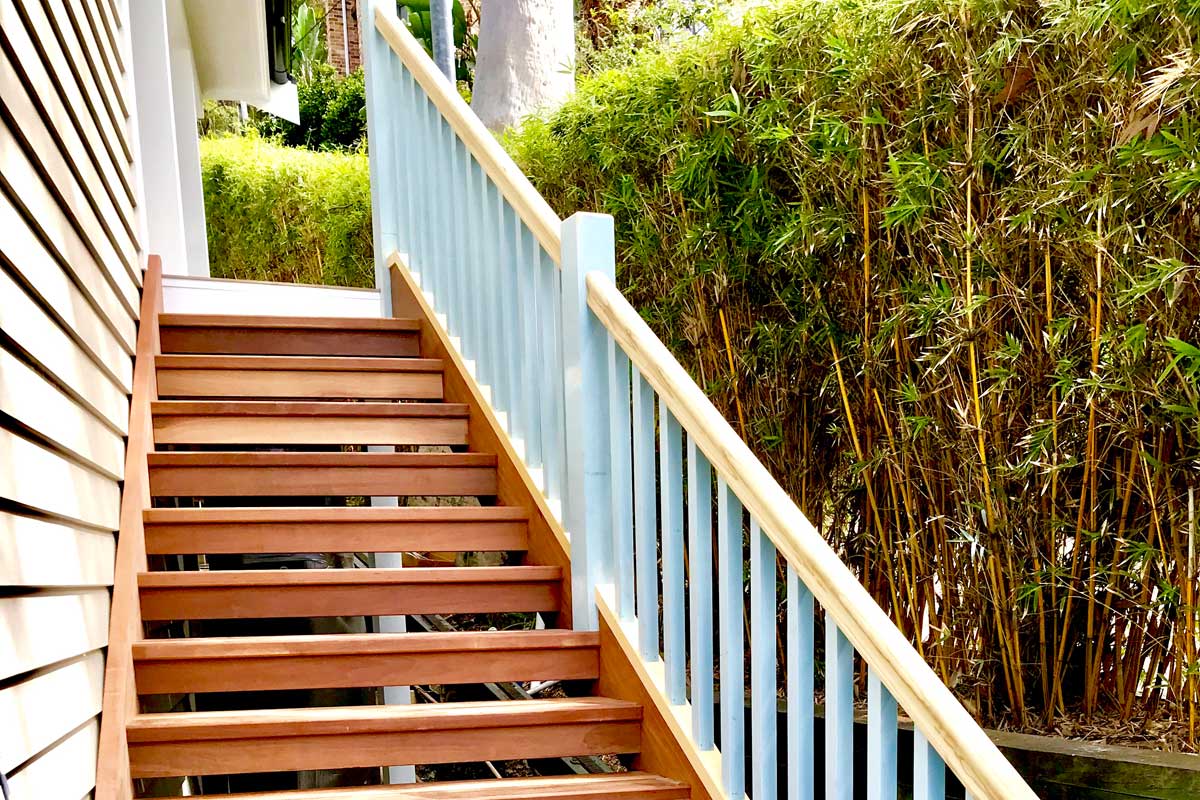
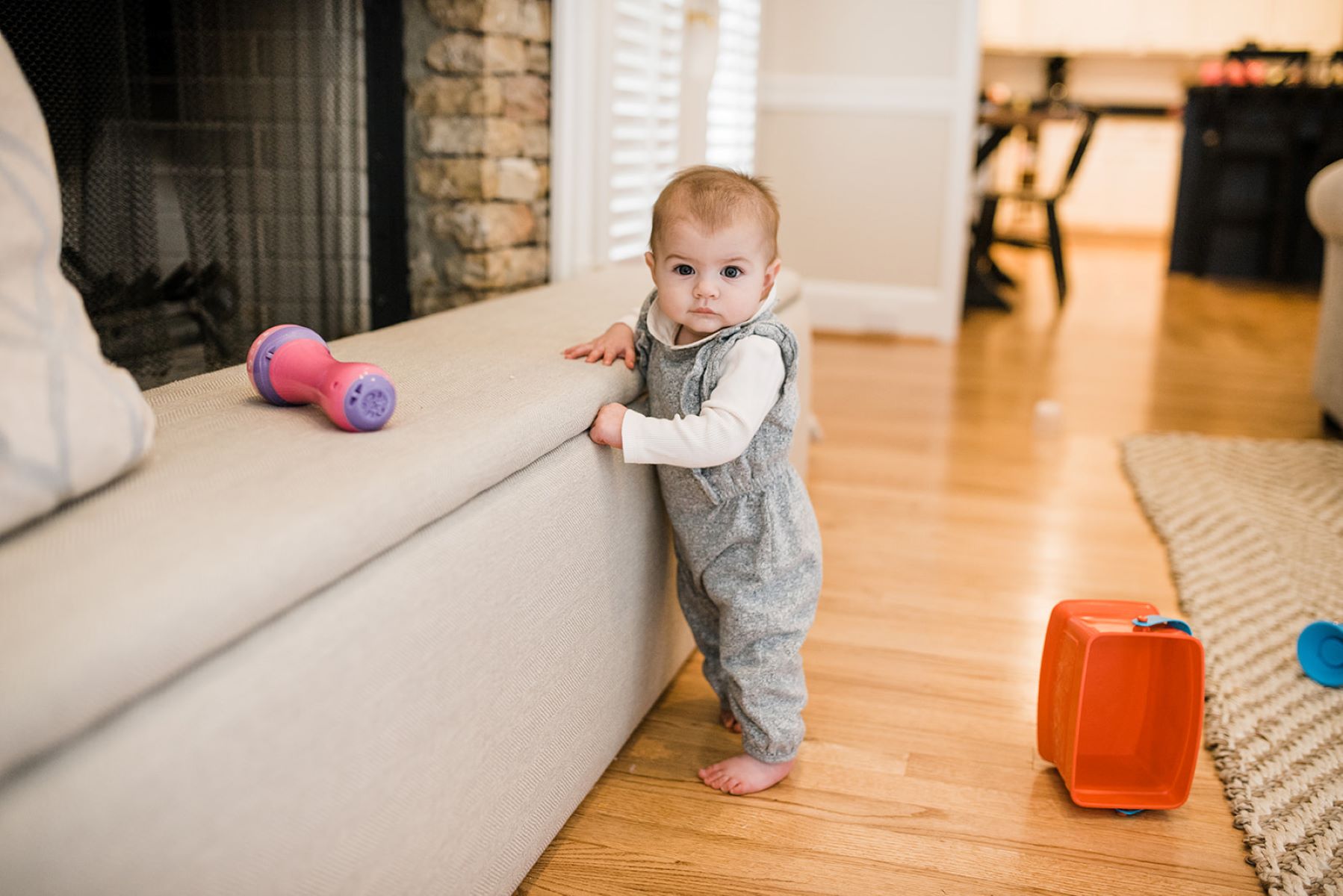
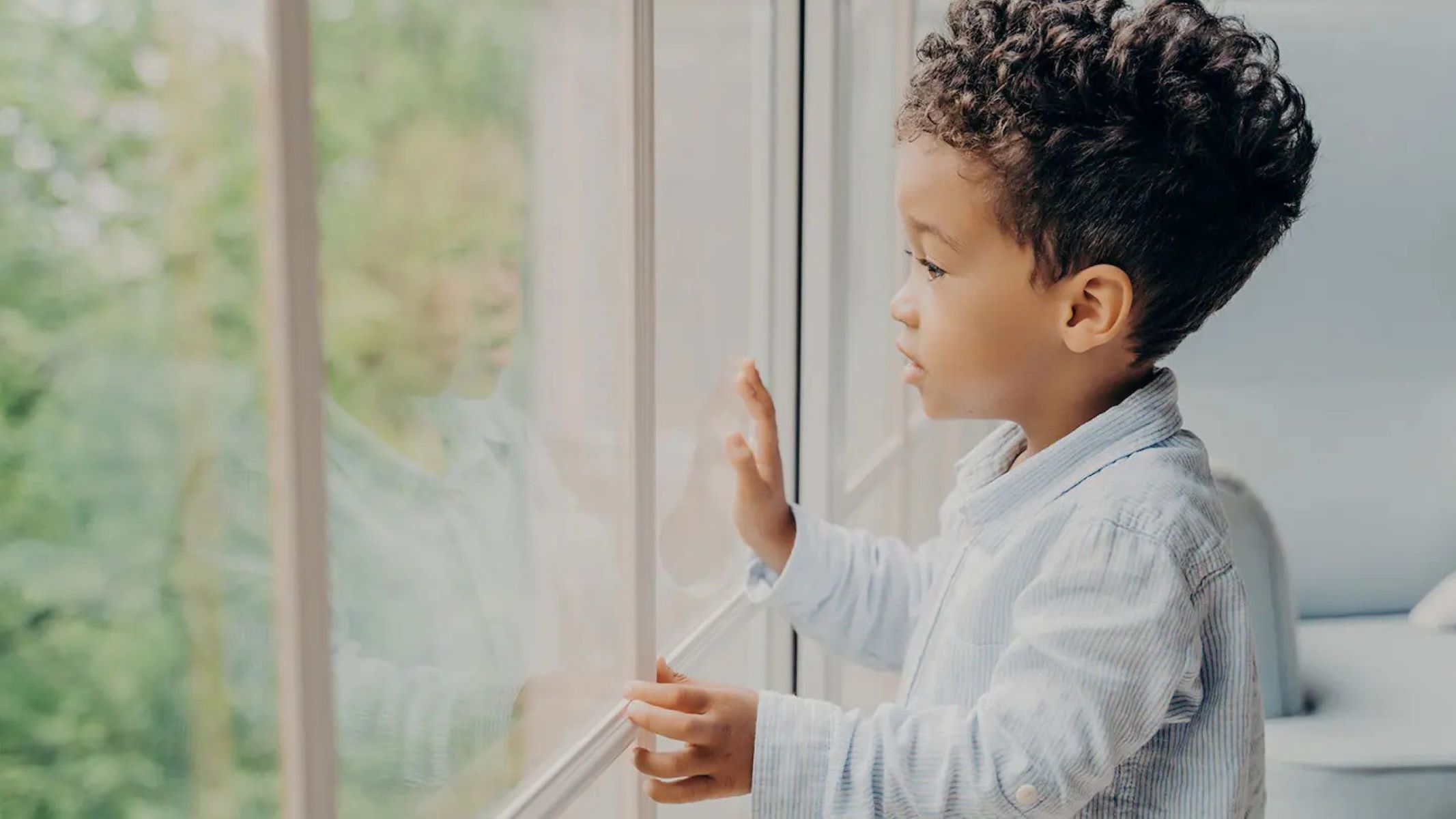
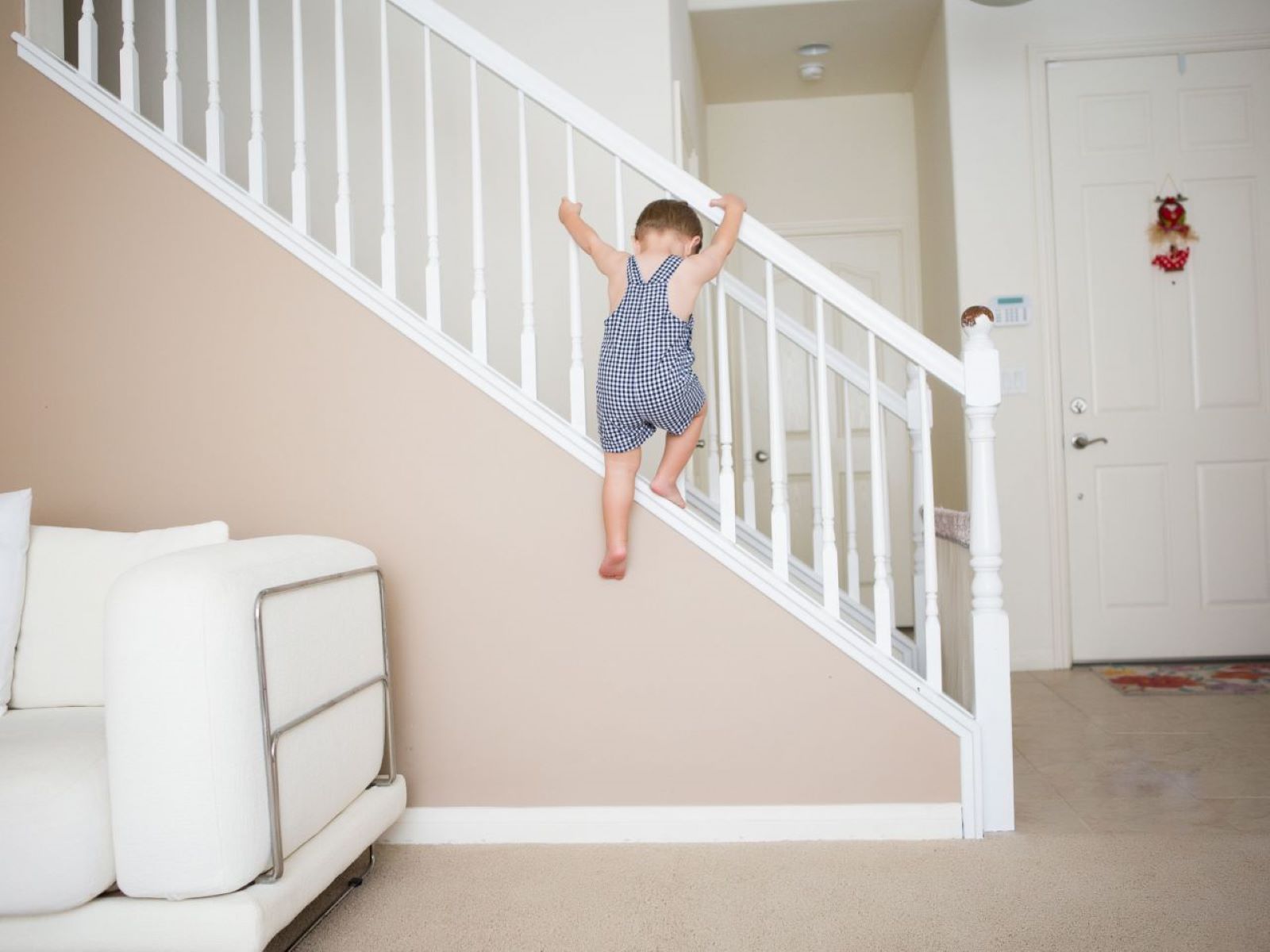
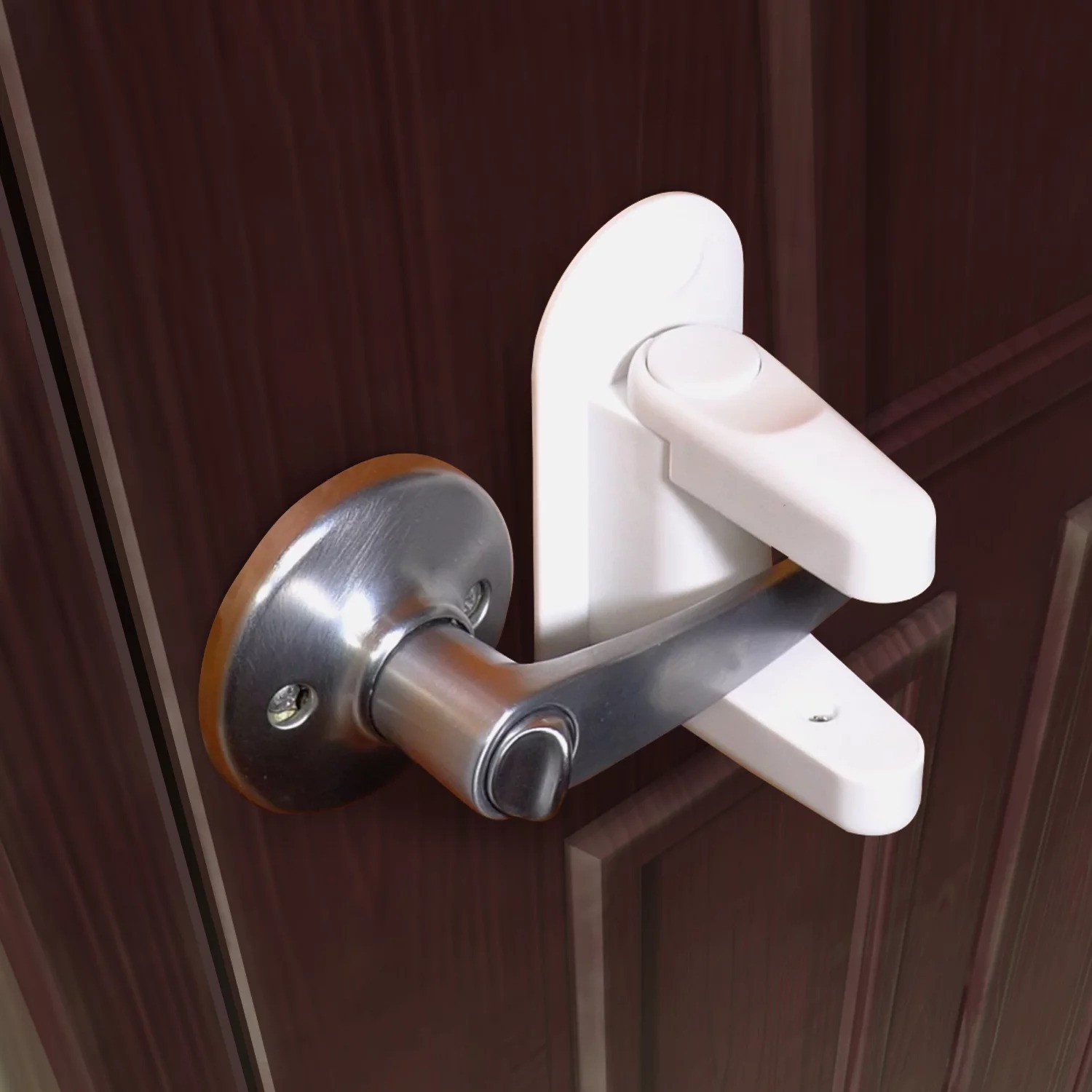
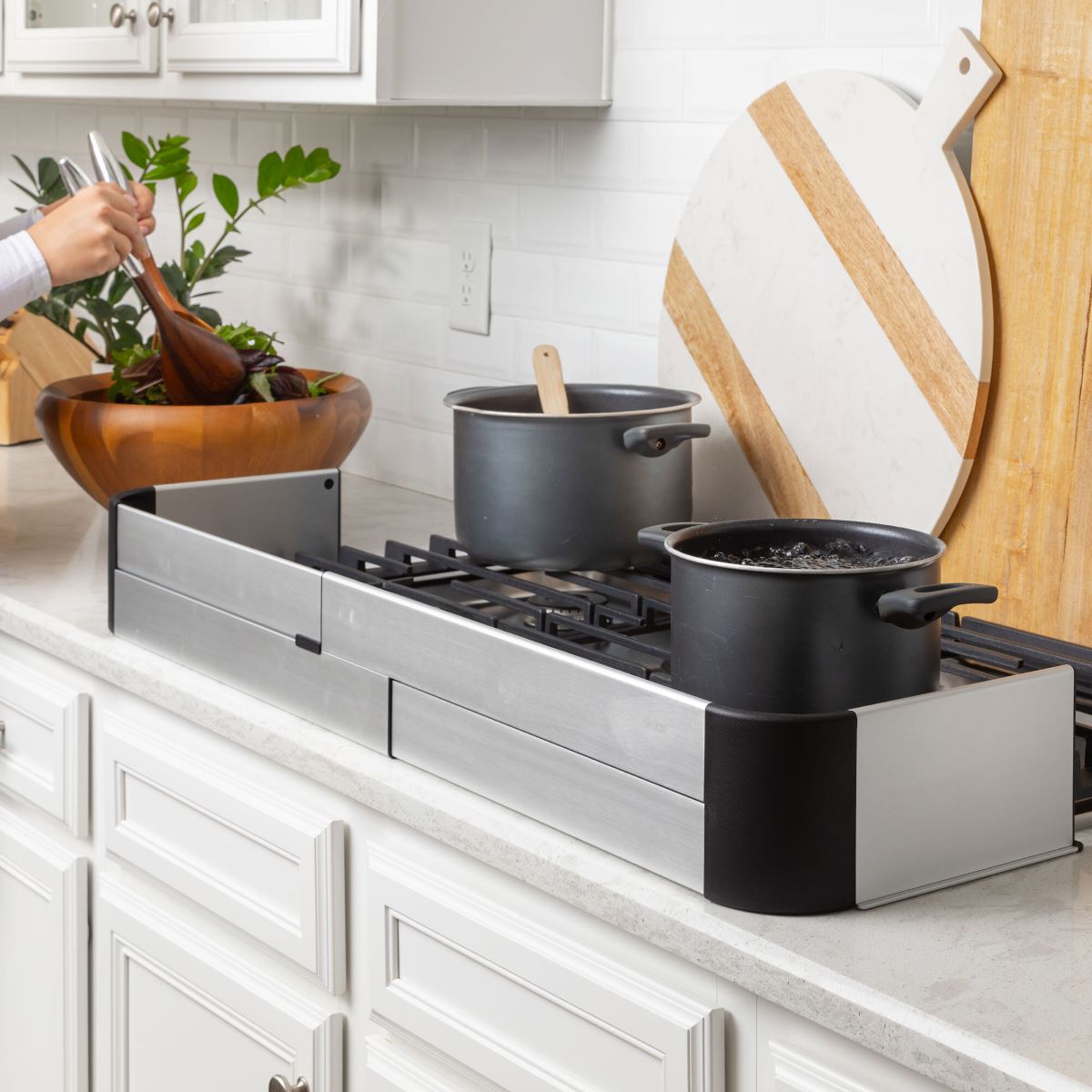
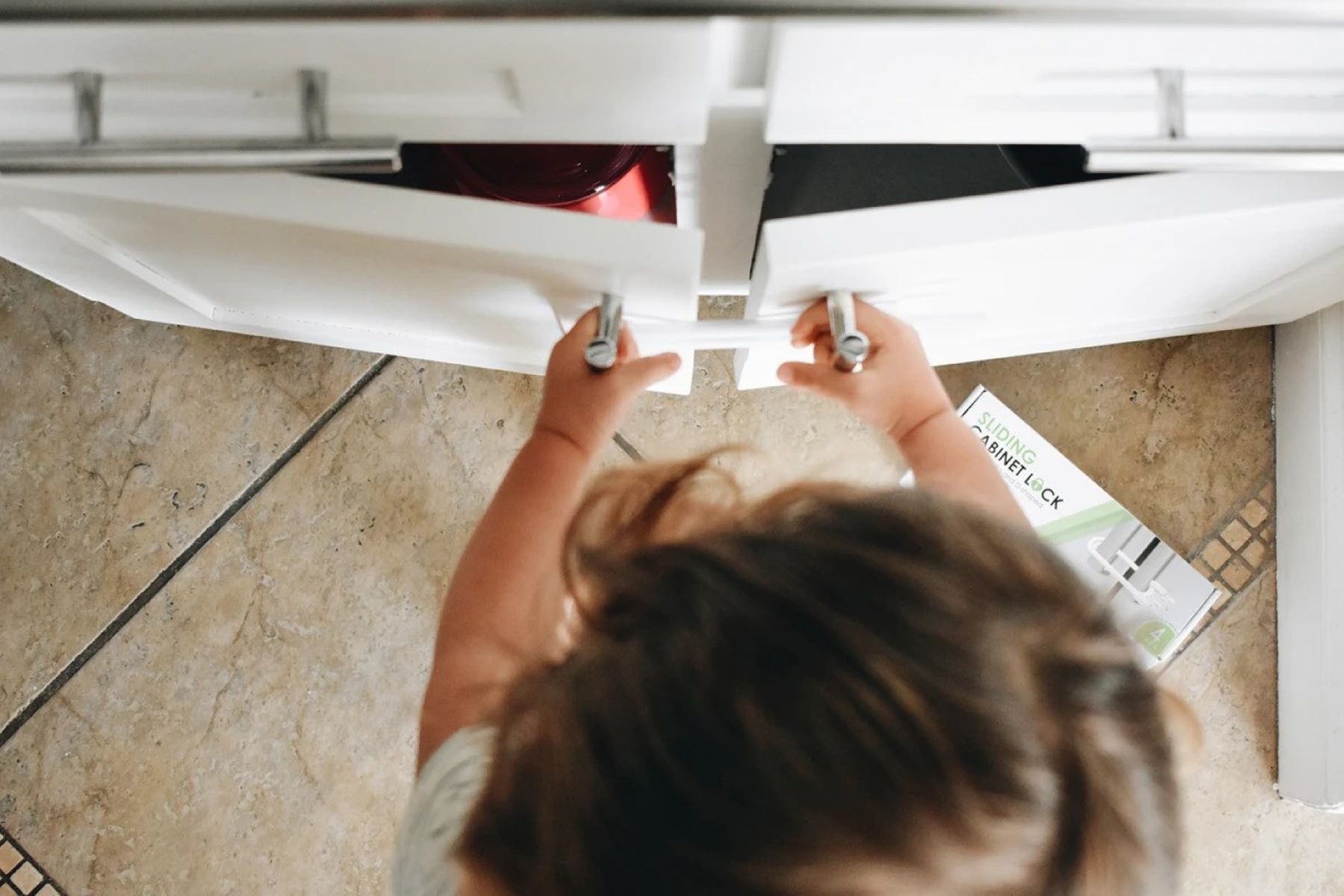

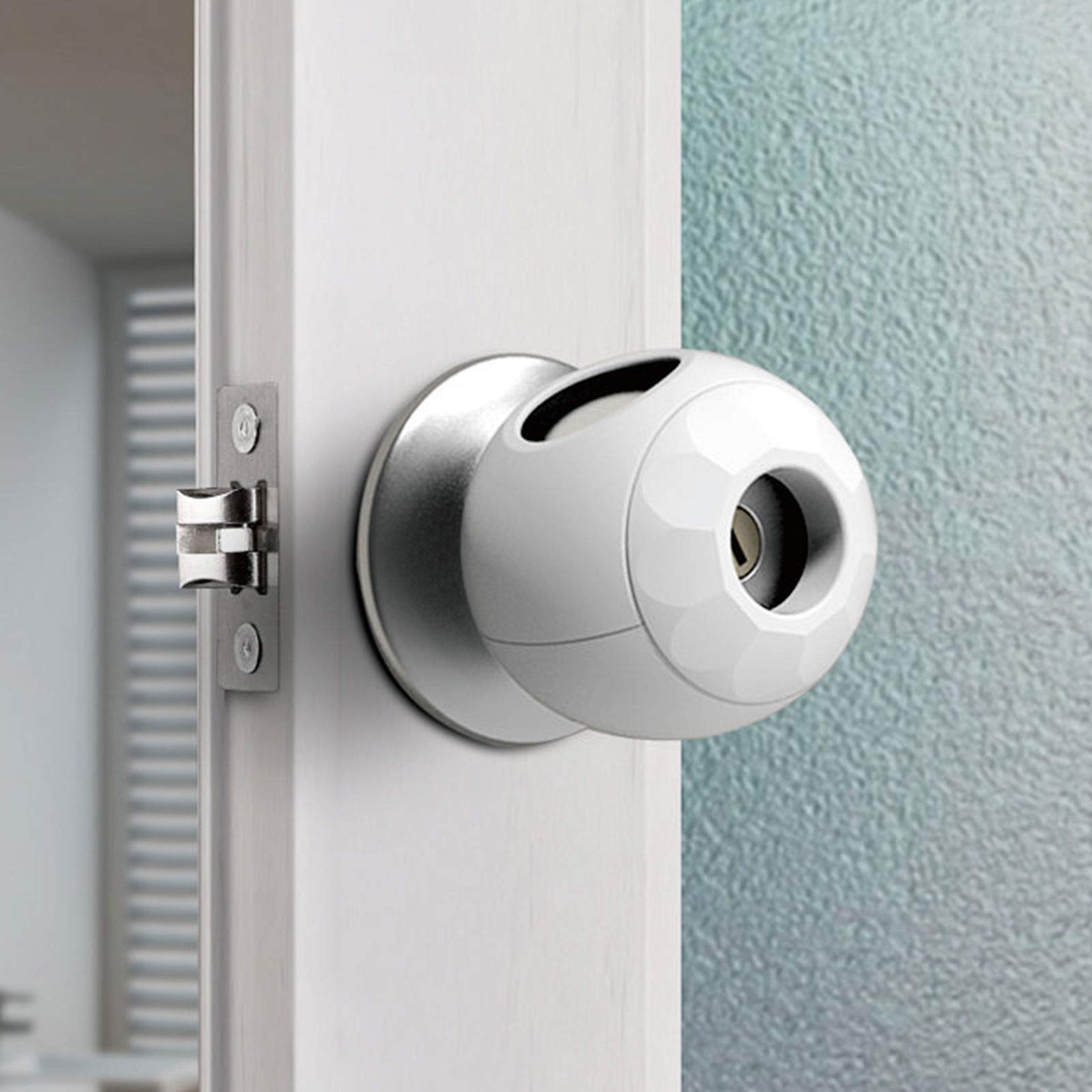
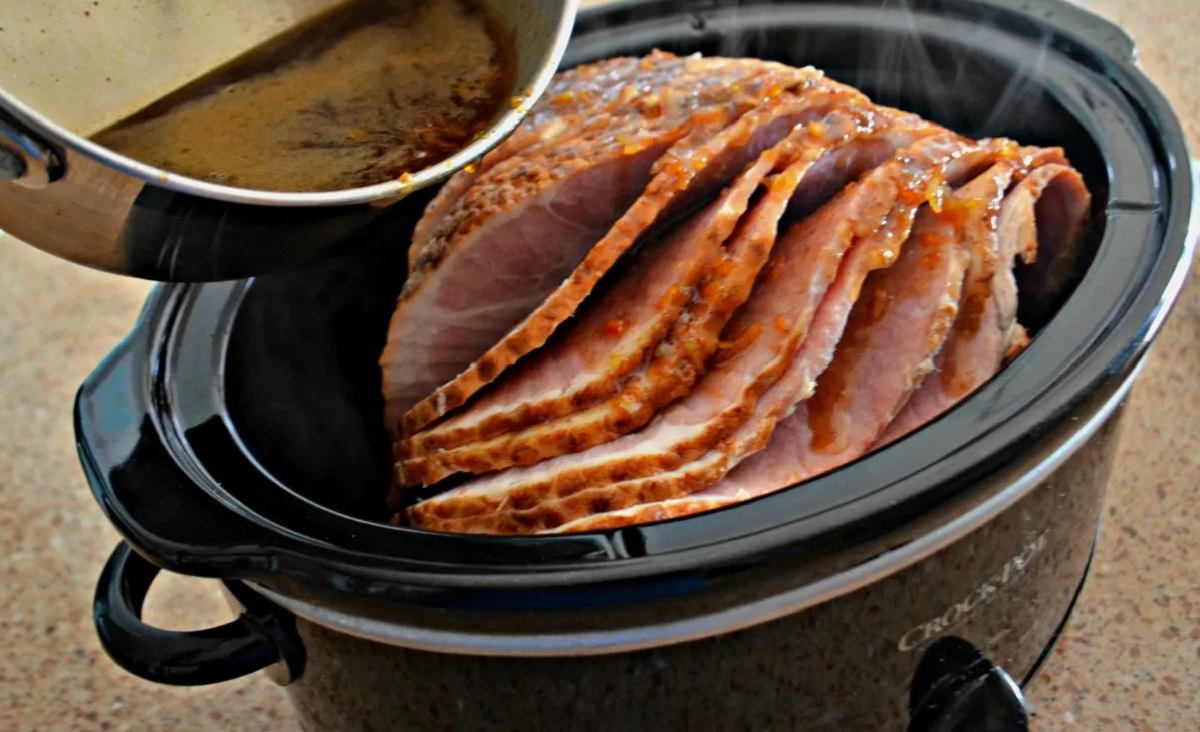
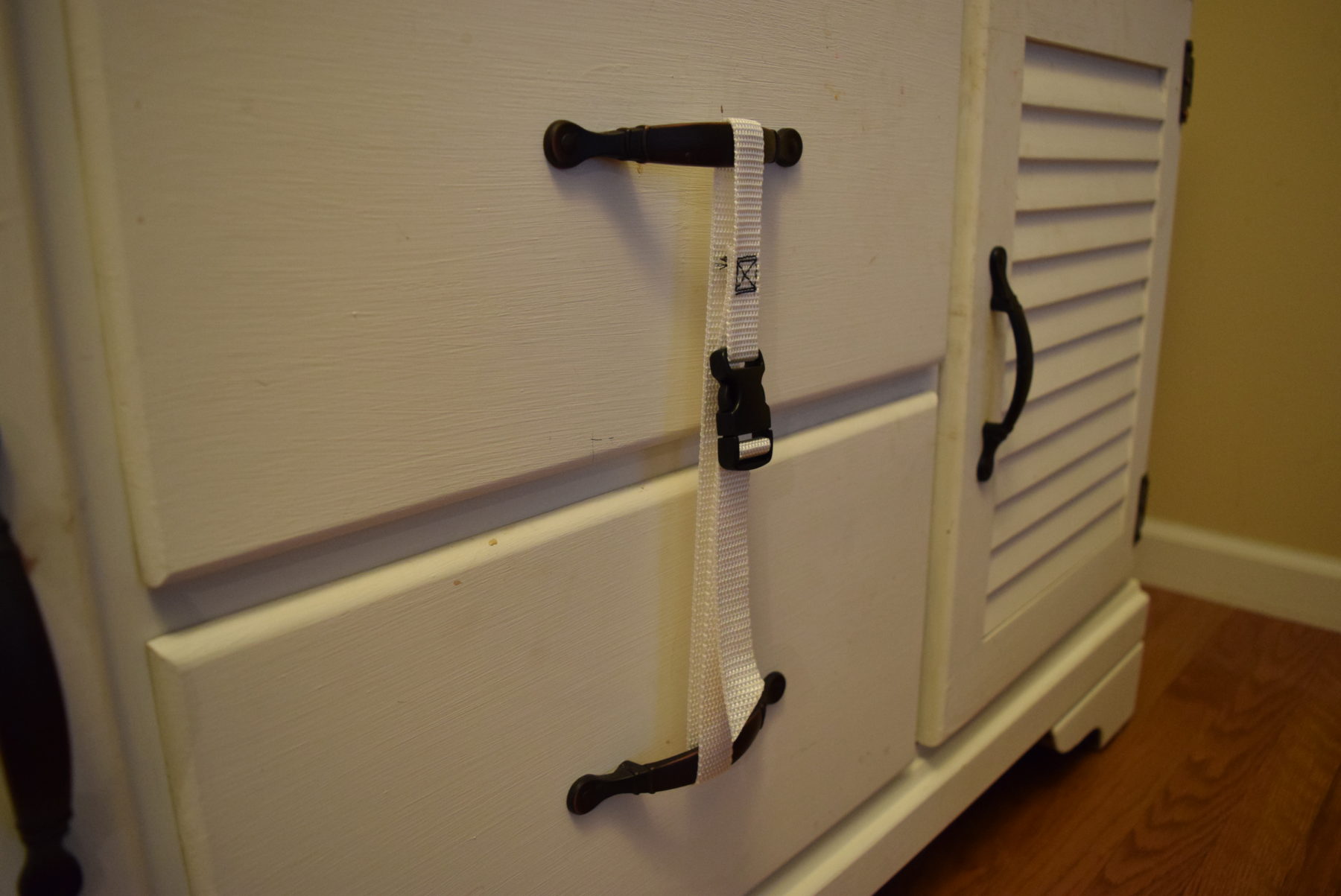
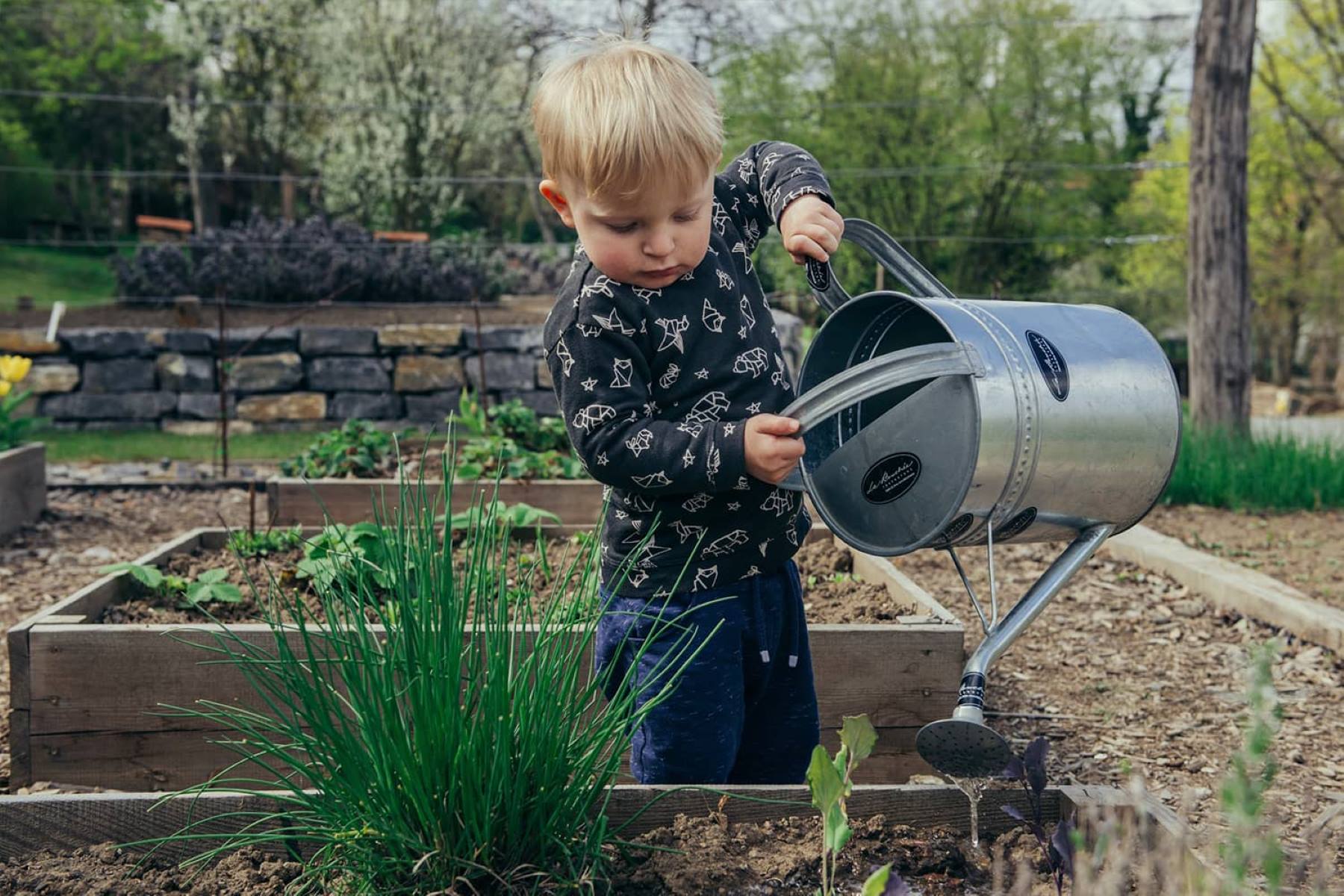
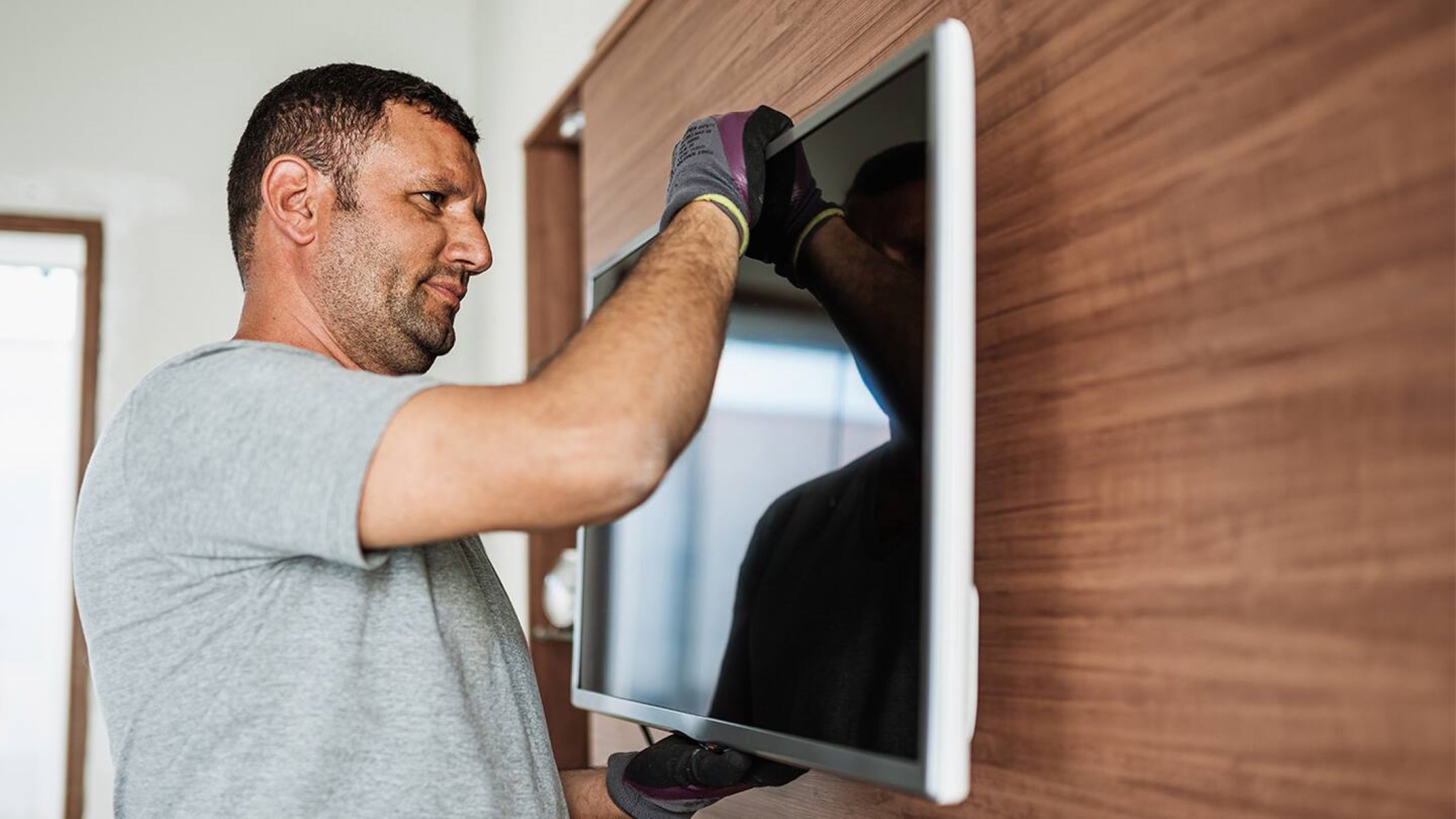
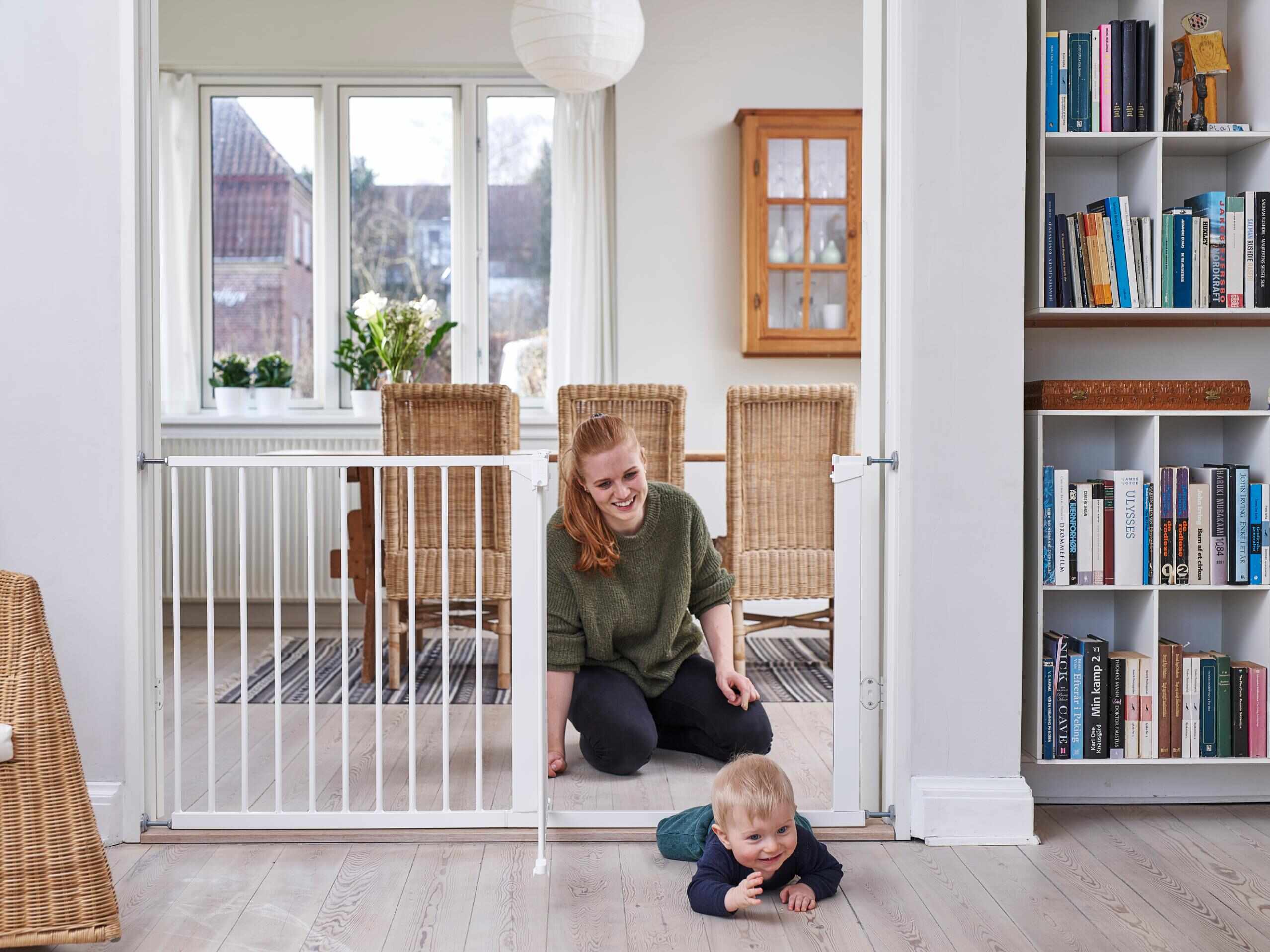

0 thoughts on “How To Childproof A Spiral Staircase”